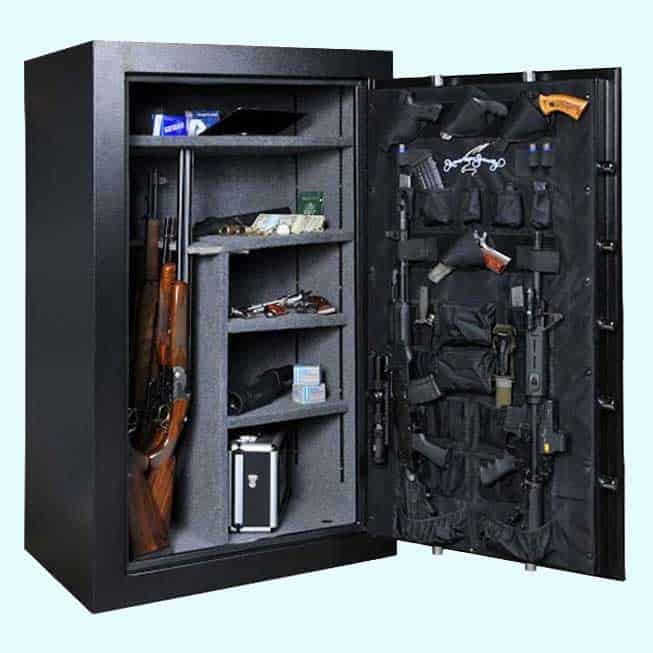

In order to simulate fire conditions, laboratories put papers and several types of digital media inside a safe. Rating Minutes Temperature UL 30 minutes 1550 ☏ UL1 60 minutes 1700 ☏ UL2 2 hours 1850 ☏ UL4 4 hours 2000 ☏ Underwriters Laboratories give these ratings : Temperature and humidity rate are measured inside the safe with each furnace temperature. The ratings consist of tests where minutes and temperature are consigned. Papers inside a safe can be altered or even worse can be subject to spontaneous combustion. Temperature can reach 1200 ☏ in 5 minutes. How fireproof safes are rated and tested ?Ī fire can take less than 30 seconds to spread and, from a small fire, become a major one.

To really understand how it works, it is important to study how the National Fire Protection Association and Underwriters Laboratories do their testing.

Level Type thickness First layer metal wall 0.8 inch Second layer insulation 1.15 inches Third layer metal wall 0.8 inch Fourth layer fire expandable seal Fifth layer additional insulation (door) 0.8 inch Sixth layer additional metal wall (door) 0.8 inch The better the safe, the better the seal. This is a very important aspect of heat insulation (and consequently fire resistance). But when heat builds up, it expands quickly to take up the space between the door and the walls of the safe, preventing air and heat to come through. The intumescent seal has a particularity: it is nonobtrusive in a day to day use and you won’t notice it. The insulation can be good, but if heat can find its way inside by a badly sealed door, it serves no purpose. Because the safe is as protected as its weakest component. The door itself is further protected by an intumescent seal that swells and seals the door in the event of a fire.


 0 kommentar(er)
0 kommentar(er)
